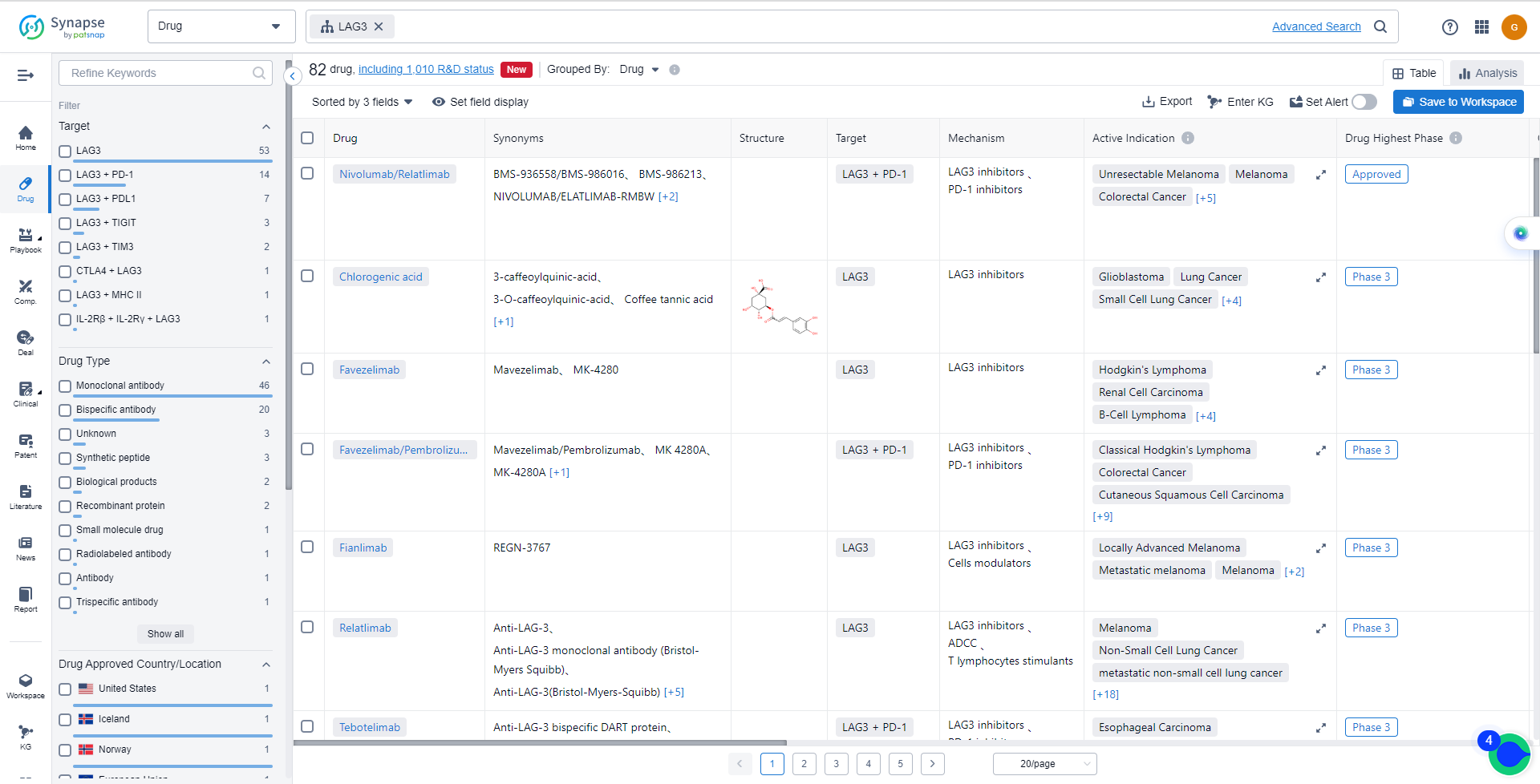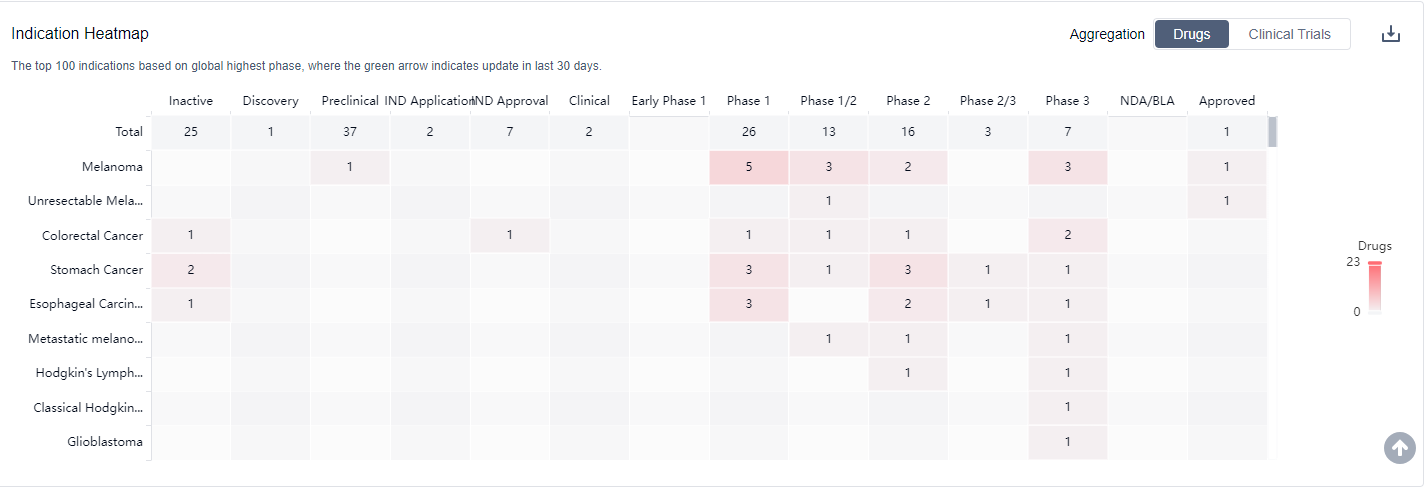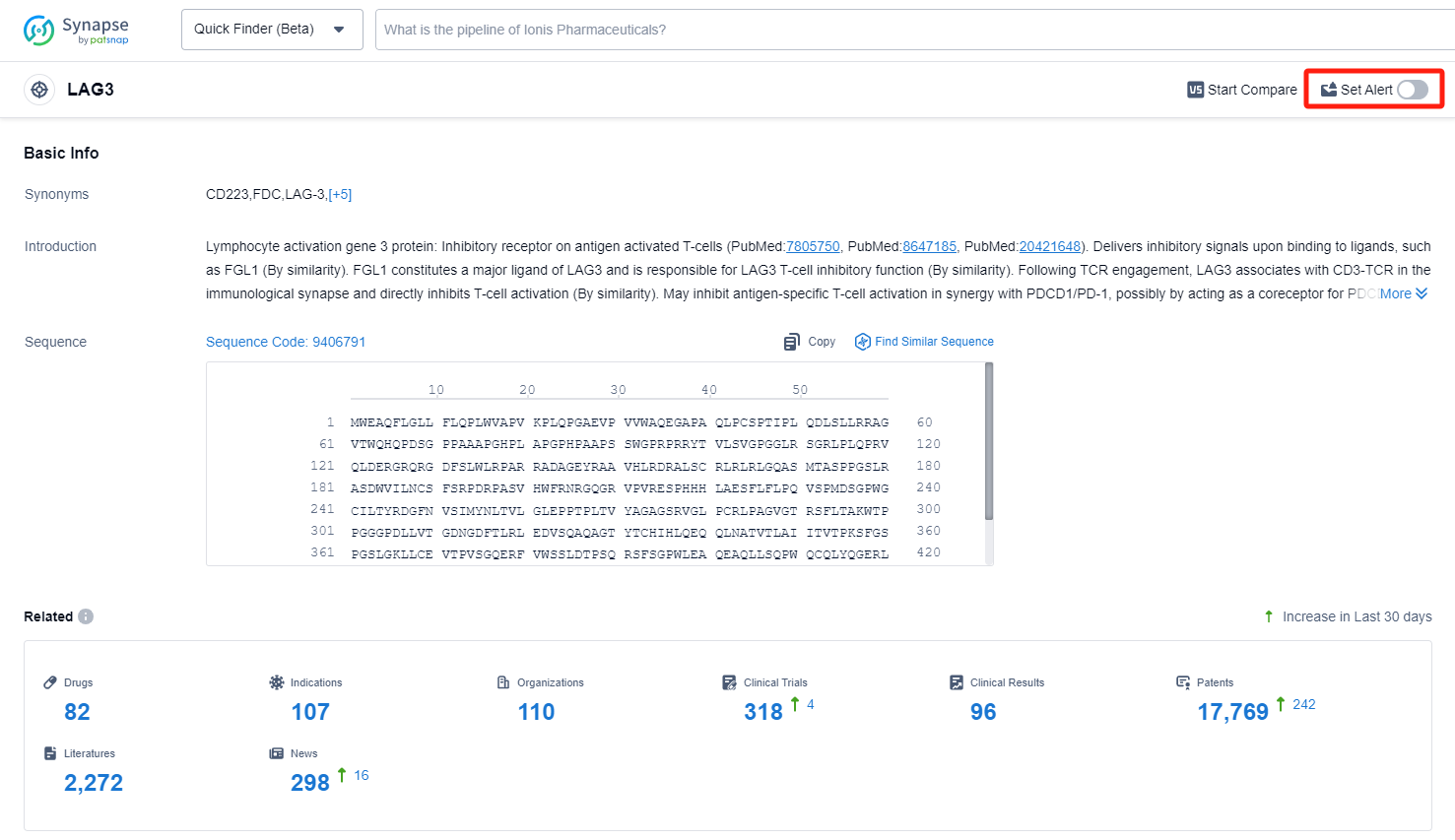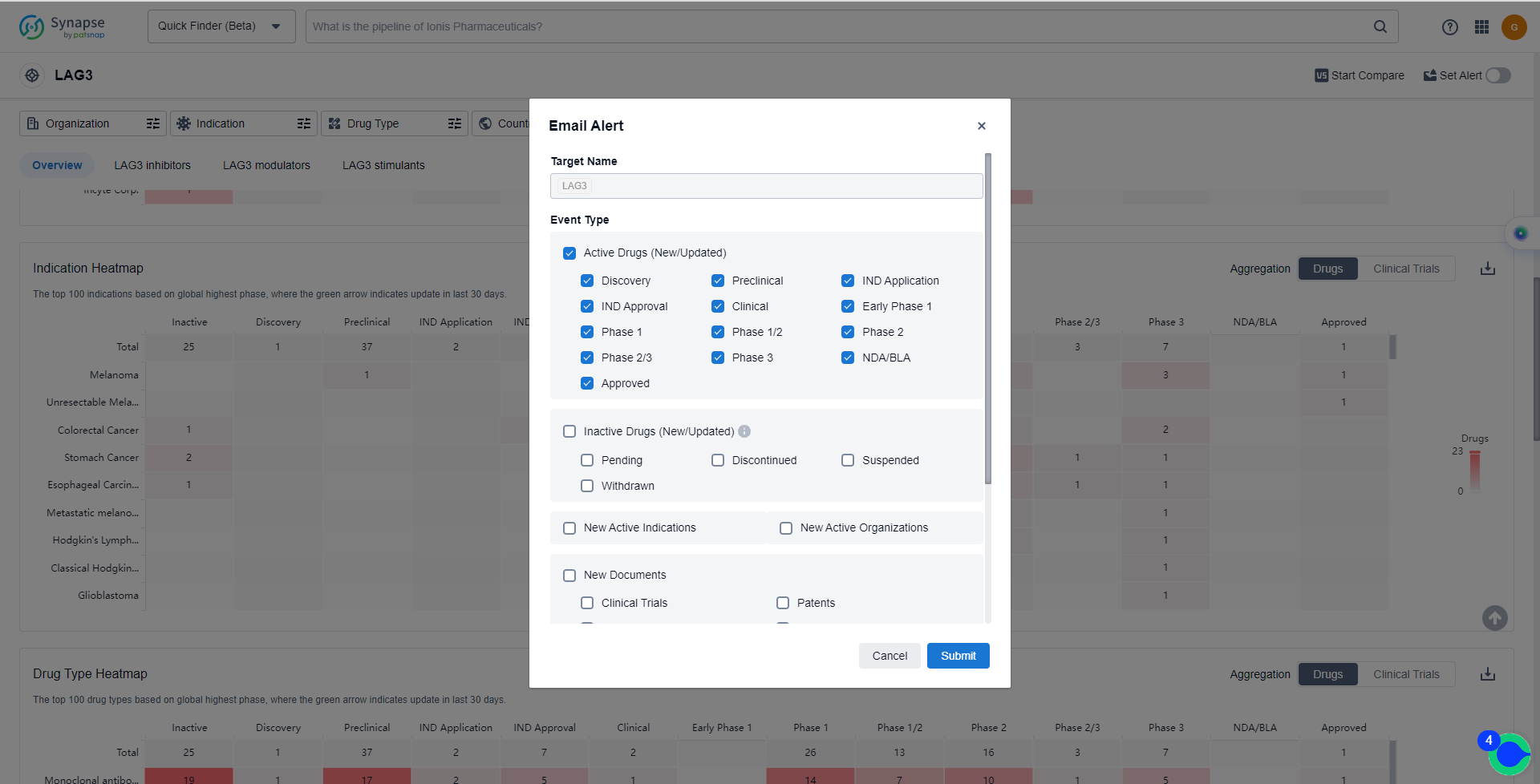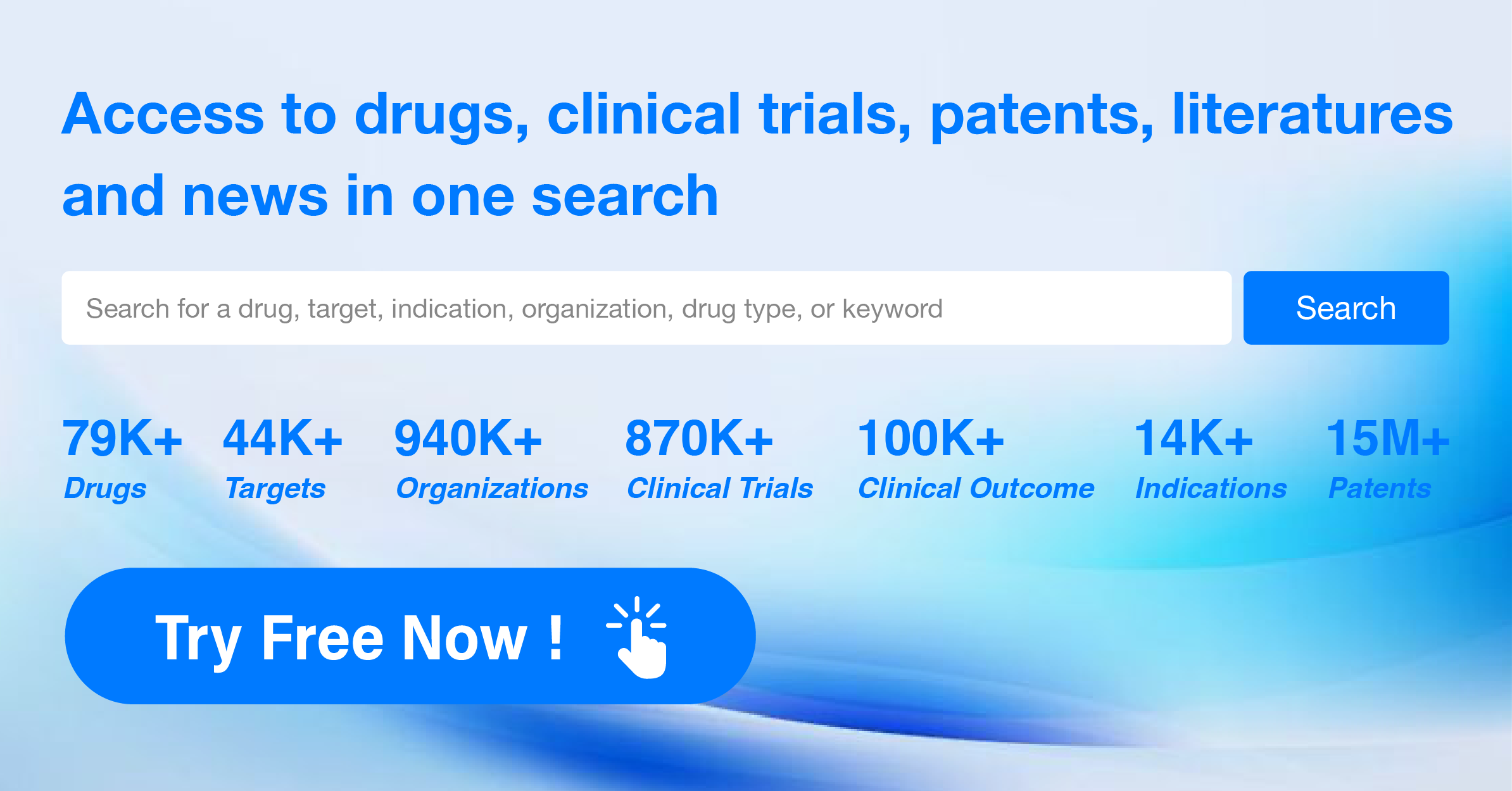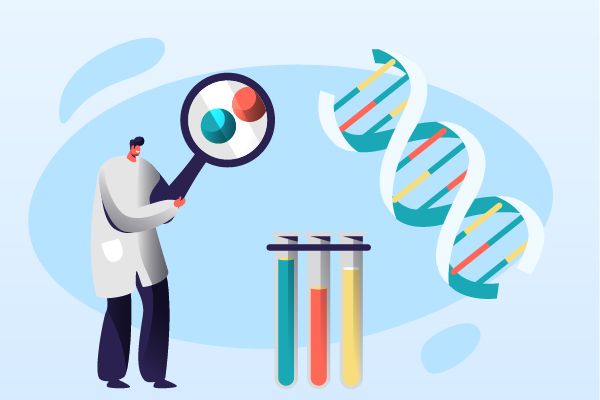Unveiling the Secrets of LAG3 Inhibitors: Stay Updated with the Latest Advances
LAG3, or lymphocyte activation gene 3, is located on human chromosome 12 (20p13.3), includes 8 exons, and the corresponding cDNA encodes a membrane protein containing 498 amino acids. It is an immune checkpoint protein expressed on the surface of effector T cells and regulatory T cells (Tregs), which can regulate the signaling pathways of T lymphocytes and antigen-presenting cells (APCs), playing an important role in adaptive immune responses. Like PD-1 and CTLA-4, LAG-3 is not expressed on naive T cells, but can be induced on CD4+ and CD8+ T cells upon antigen stimulation.
Since the inhibitory function of LAG-3 is closely related to its expression level on the cell surface, the regulation of LAG-3 expression is very critical. Long-term infection with viruses, bacteria, and parasites causes persistent exposure to antigens, leading to high-level persistent expression of LAG-3 and other inhibitory co-receptors on CD4+ and CD8+ T cells.
These T cells lose their potent effector functions, are called exhausted T cells, leading to a decrease in tumor killing power and response rate, and an upregulation of Treg immune suppression function. Studies have shown that inhibiting LAG-3 can allow T cells to regain cytotoxic activity, reduce the function of regulatory T cells to suppress immune responses, thereby enhancing the killing effect on tumors. Studies have shown that simultaneous blockade of LAG-3 activity and anti-PD-1 or PD-L1 in tumor cells has a dual inhibitory effect, including inhibiting Treg activity, promoting DC maturation, and rescuing dysfunctional CD4+/CD8+ T cells. LAG-3 has become a new target for tumor immunotherapy following CTLA-4/PD-1/PD-L1.
From the current clinical data, the early clinical effect of LAG-3 monotherapy is not ideal, such as the previously announced LAG-3 monoantibody MK-4280 phase I clinical data, the objective remission rate in 18 other treatment failure solid tumor patients is only 6%, and the disease control rate is only 17%.
Therefore, the main exploration is to develop in combination, especially the results of LAG-3 and PD-1 combined use are promising, and the dual-function monoantibody (the figure below is LAG-3 and PD-1 dual antibody) may also be a direction worth paying attention to and exploring. Overall, the target LAG3 presents promising opportunities for the development of innovative therapies in the field of oncology.
How do they work?
From a biomedical perspective, LAG3 inhibitors are a type of therapeutic agents that target the lymphocyte activation gene 3 (LAG3) protein. LAG3 is a cell surface receptor found on immune cells, particularly on T cells, and plays a role in regulating immune responses. By inhibiting LAG3, these inhibitors can enhance the activity of T cells and promote a more effective immune response against cancer cells or other diseases.
LAG3 inhibitors have gained significant attention in the field of immunotherapy, particularly in the treatment of cancer. When LAG3 binds to its ligand, it can suppress the activation and function of T cells, leading to immune tolerance and evasion of tumor cells from immune surveillance. Inhibiting LAG3 can help overcome this immune suppression and enhance the anti-tumor immune response.
These inhibitors can be developed as monoclonal antibodies or small molecules that specifically target LAG3. They are being investigated in clinical trials as potential treatments for various types of cancers, including melanoma, lung cancer, and solid tumors. The goal is to improve patient outcomes by boosting the immune system's ability to recognize and destroy cancer cells.
It is important to note that the development and use of LAG3 inhibitors are still in the research and clinical trial stages. While promising, further studies are needed to evaluate their safety, efficacy, and potential side effects.
List of LAG3 Inhibitors
The currently marketed LAG3 inhibitors include:
- Nivolumab/Relatlimab
- Chlorogenic acid
- Favezelimab
- Fianlimab
- Relatlimab
- Tebotelimab
- Eftilagimod alpha
- FS-118
- HLX-26
- Ieramilimab
For more information, please click on the image below.
What are LAG3 inhibitors used for?
LAG-3 inhibitors are mainly indicated for late-stage malignant tumors such as malignant melanoma. For more information, please click on the image below to log in and search.
How to obtain the latest development progress of LAG3 inhibitors?
In the Synapse database, you can keep abreast of the latest research and development advances of LAG3 inhibitors anywhere and anytime, daily or weekly, through the "Set Alert" function. Click on the image below to embark on a brand new journey of drug discovery!
